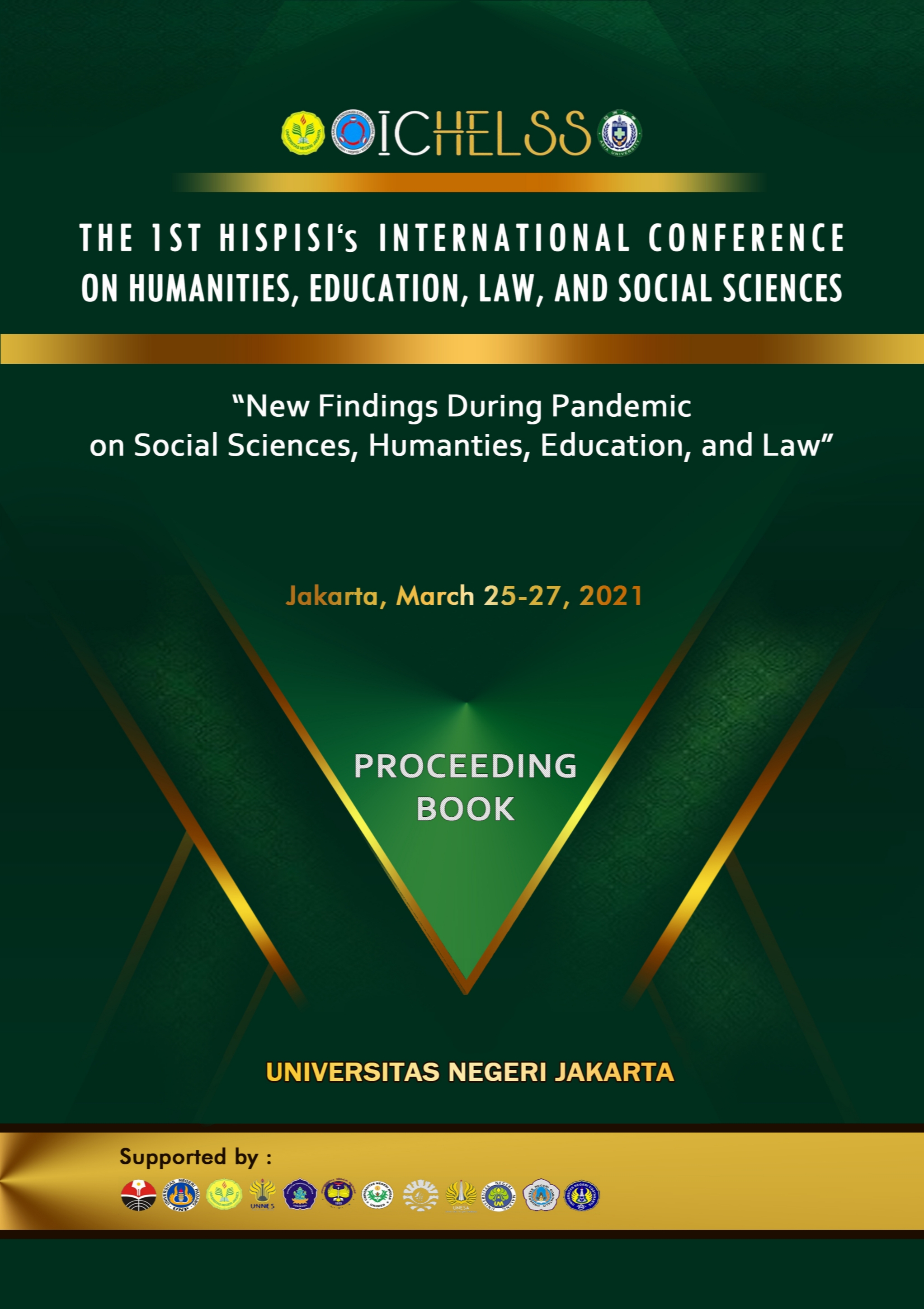Steam's Approach to Historical Learning in The 21st-Century
Abstract
This article aims to find out how steam is used in history learning in the 21st century. The method used in this article is a library study. The use of STEAM is an effort to integrate STEAM into one with historical learning meaning that each subject mentioned in steam contributes to historical material. STEAM connects the fields of science, technology, engineering, art, and mathematic so that students are given a holistic understanding of the interconnectedness of the field of science through the learning
experience of the 21st century. Through teaching history, teachers can deliver historical material to students who are very closely related to STEAM, for example, pre-Script Human material. In the material can be said to contain elements steam, for example, Mathematic, learners can calculate the year from the neolithicmegalithic era how many years. So that students can know the number of years that occurred in the pre-Script period. The results of studies that have been done show that the steam approach can be applied in historical learning. Thus, the conclusion of this article, STEAM is one of the important concepts that must be mastered by history teachers to integrate each historical material with other science materials, which can then make learners have a high level of thinking and analysis in the learning process.
Keywords: Approach, STEAM, History Learning, 21st-Century Learning


